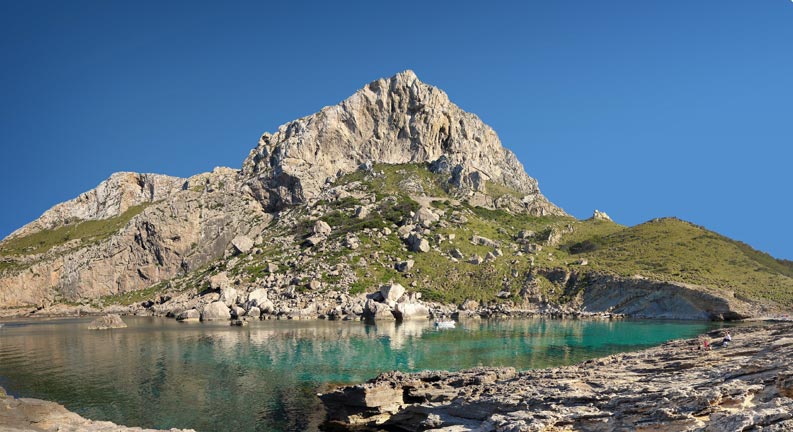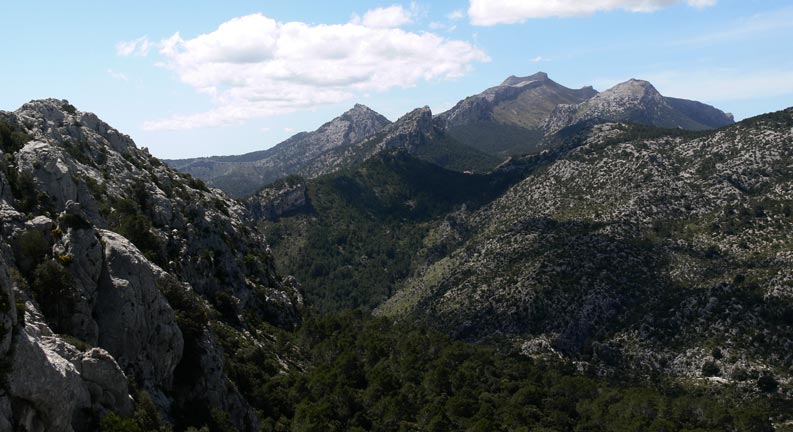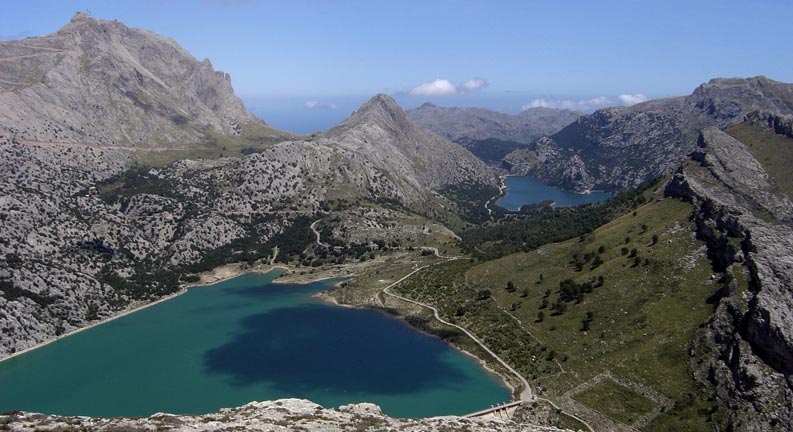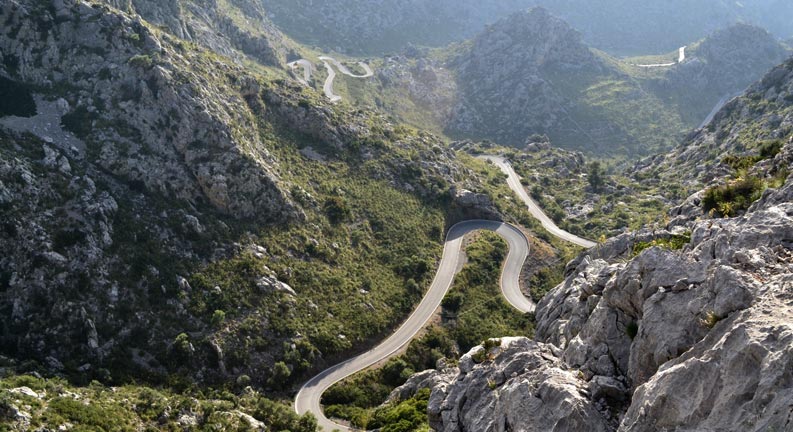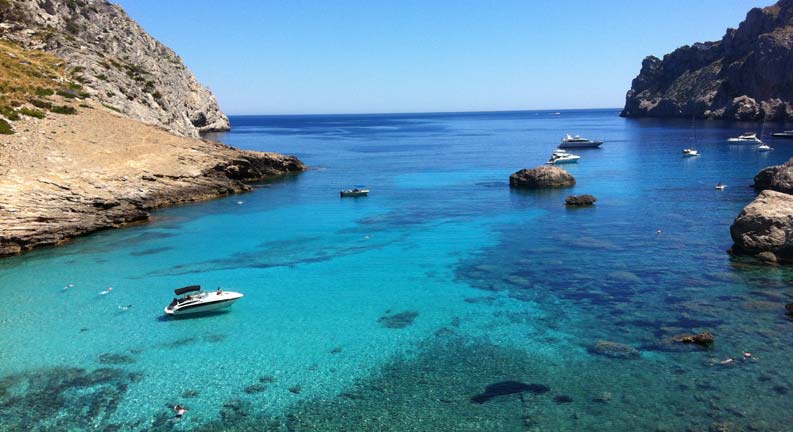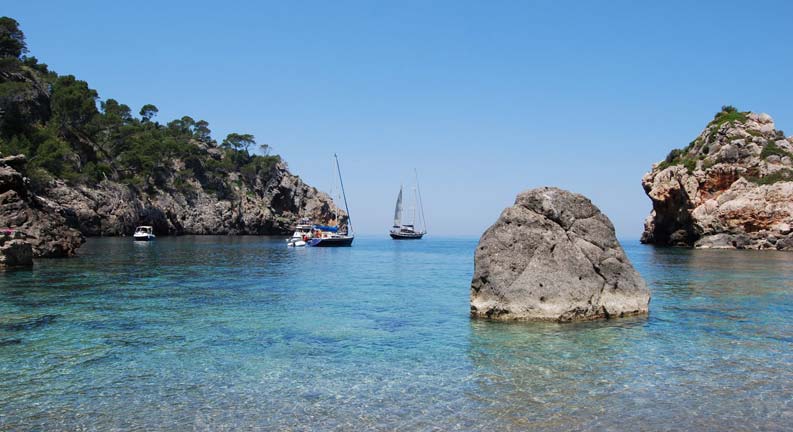Points of interest in Mallorca, close to Monnaber Nou rural hotel
With almost 3,000 hours of sunshine a year and many breathtaking sandy beaches, it's hardly surprising that Majorca has become world-famous for "Sun, Sea and Sand" Holidays. But there is another Majorca waiting to be explored, that of surprising contrasts in landscape, nature reserves and an unique culture full of traditions.Sant Miquel Church
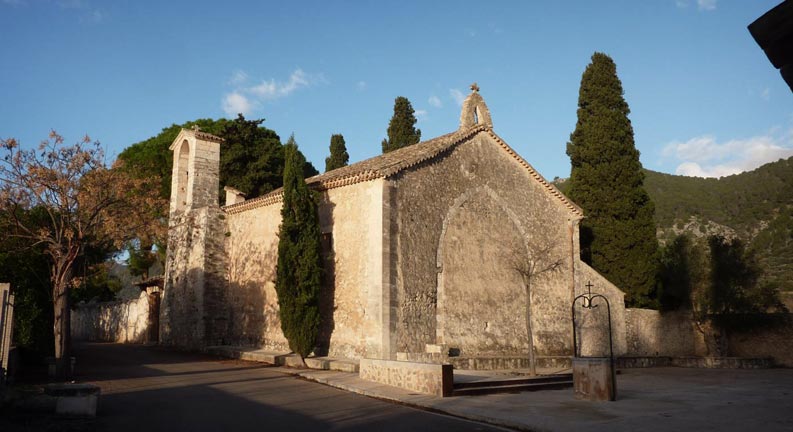
The church of Sant Miquel, in old Gothic style, was built by the Christian settlers after the Catalan conquest of 1229.
Campanet Caves
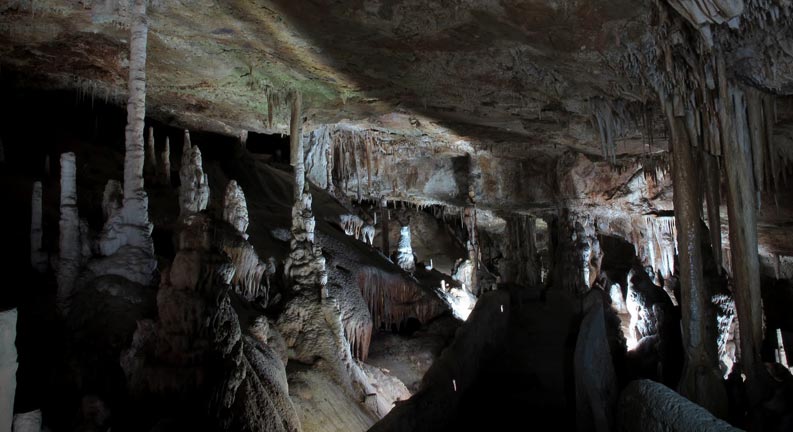
The caves of Campanet, which were discovered in 1945 by worker digging a well. The caves have an average depth of 50 m, an area of some 3,200 sq.mts, and an open space area of 16,000 sq.mts., the touring length is 400 mts.
Ses Fonts Ufanes
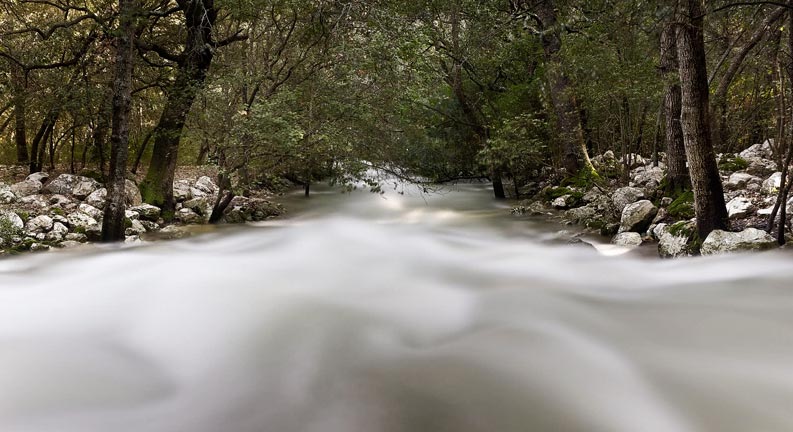
"Ses Fonts Ufanes" are a singular and unique natural phenomenon found in Mallorca. They were declared a natural monument by el Govern. The hydrological phenomenon occurs in the Gabelli farm near the Ermita de Sant Miquel in Campanet. At the end of the year where the oak trees lie in the finca, the water bursts out and overflows from underneath the earth reaching in occasions an astonishing 100,000 liters per second.
Pollença
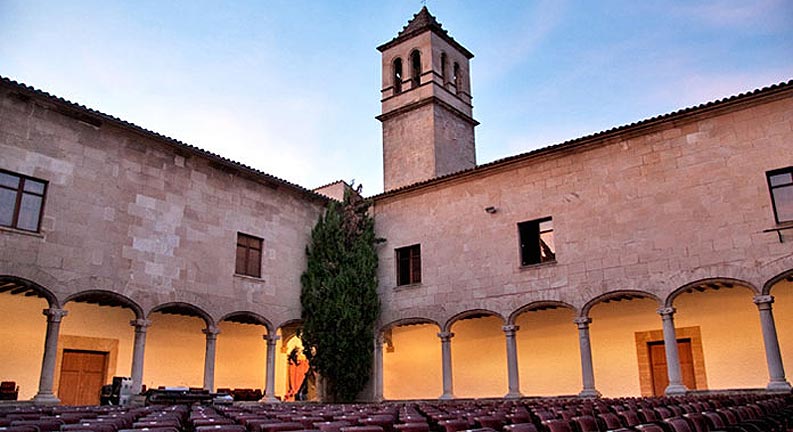
Pollença, Puerto Pollença and Cala San Vicente are the most beautiful areas of the north of the island. Among its highlights are the Calvario, the Puente Romano, a nineteenth century bridge (and named for its resemblance to the Roman bridges), which crosses over the Torrente de Sant Jordi, the Municipal Museum, the Music Festival and numerous art exhibitions.
The Mountains Sierra de Tramuntana -becomes Mallorcas World Heritage
The Serra de Tramuntana mountain range, crowned by the ‘Puig Major’ peak (1,432m), runs the length of the island from Port d'Andratx to the Formentor peninsula and dominates the west coast of the island with its rugged beauty. Highlights include: Sa Calobra, the Torrent de Pareis, Cala Tuent, Llucalcari, Na Foradada, the Monastery of Lluc, Cala Deià and the terraced fields of Estellencs and Banyalbufar..The best destination in Mallorca, recommended during your stay at Monnaber Nou rural hotel
S'Albufera
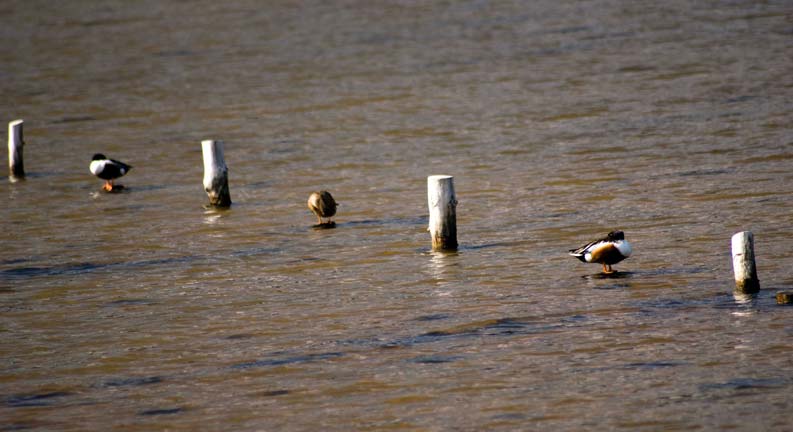
S' Albufera nature reserve between Sa Pobla and Alcúdia is the Balearic Islands' largest wetland area and is excellent for walking, cycling and bird-watching. Grey kites bitterns, reed-warblers, moorhens and water rails are permanent residents of its reeds, rushes and dunes, and ospreys and sea hawks can be seen in the summer. Maps and other information are available from the visitors' centre.
Palma Cathedral

The Palma Cathedral is the main religious building on the island, and is commonly known as La Seu. In 1931 it was declared a Historic Artistic Monument and is considered the Gothic Cathedral with the largest Rosette in the world.
Sa Calobra
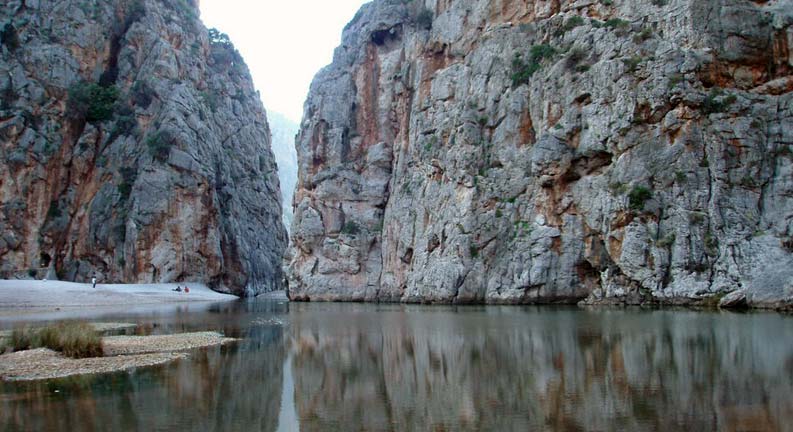
Sa Calobra is about 38 kilometers away from Soller, between Morro de Sa Vaca and Morro de Ses Fel.les, under the shadow of the mountain Puig Major (1,445 meters), the highest peak of Illes Balears. The high interest of this sandy and rocky beach is due to the artisanal carved tunnel that runs along Sa Calobra’s vertical cliffs, providing access to the beautiful and paradisiacal place where the Torrent ends, a source of inspiration for artists and where every summer a Corus plays there thanks to its wonderful acoustics.
The best beaches on the island! You can not miss them.
Majorca is known for its many beautiful beaches and coves, which are one of the island’s main attractions. Beach lovers can choose between approximately wonderful 208 beaches and coves, from large and busy beaches to small secluded coves. Close to the rural hotel Monnaber Nou, for example, are the beaches of Alcudia or Pollensa, o the small coves of the Tramuntana Mountain Range, such as Cala Tuent or Sa Calobra. Its pleasant climate, its warm waters and the high quality of its beaches make of Majorca a real paradise for beach lovers.Es Trenc
The Beach of es Trenc is about 6.5 kilometers away from Colonia de Sant Jordi. This beach is the last major undeveloped sandy and well preserved natural beach left in Mallorca. Along with Campos and Salobrar it forms a protected area of 1,492 hectares. It is one of the busiest virgin spaces during the late summer weeks.

